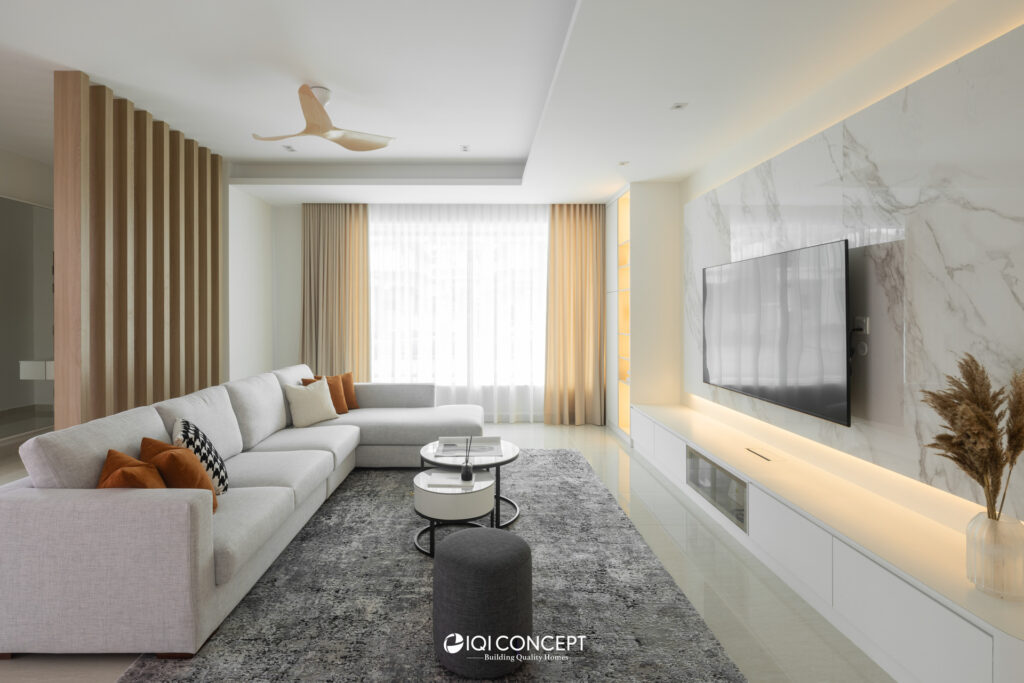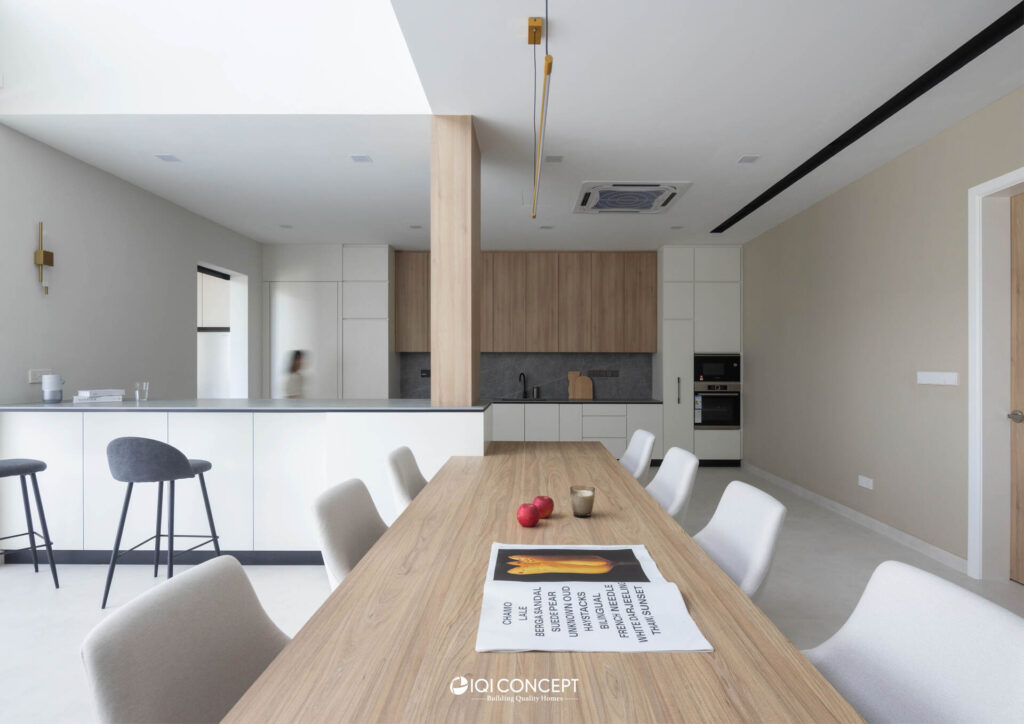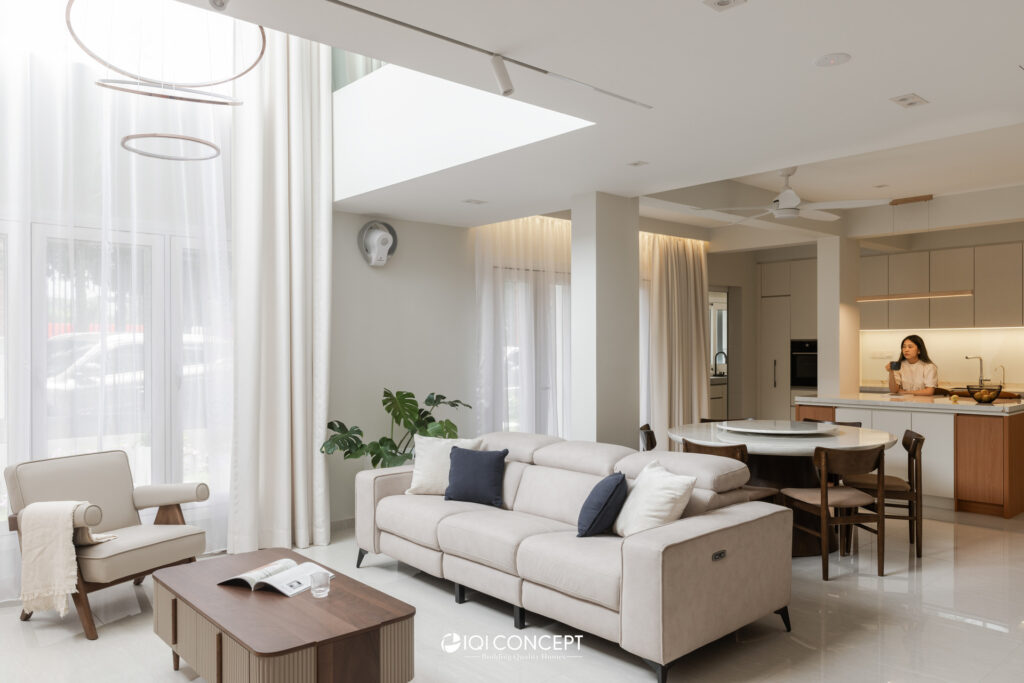The Art of Minimalism: How to Achieve a Clean, Clutter-Free Home
In today’s fast-paced world, minimalism has emerged as more than just a design trend; it’s a lifestyle choice that promotes simplicity, clarity, and purpose. The art of minimalism focuses on reducing clutter and creating serene, functional spaces that enhance both physical and mental well-being. Whether you’re moving into a new home or simply looking to declutter your current living space, embracing minimalism can lead to a cleaner, more organized environment. Here’s a comprehensive guide on how to achieve a clean, clutter-free home through minimalism.
1. Understanding Minimalism
Minimalism is about more than just aesthetic simplicity; it’s a mindset. It involves intentionally choosing to surround yourself with only the items that add value and joy to your life. Minimalism encourages you to focus on what truly matters, whether it’s in terms of possessions, space, or time. By adopting a minimalist approach, you can create a home that is not only visually pleasing but also functional and stress-free.

2. Start with a Clear Vision
Before diving into decluttering, it’s crucial to have a clear vision of what you want to achieve. Ask yourself:
- What are my goals for this space? Are you looking to create a serene retreat, a more functional workspace, or simply a tidier living environment?
- How do I want to feel in my home? Consider how a minimalist approach can help you achieve a sense of calm and order.
Having a clear vision will guide your decluttering process and help you make decisions about what to keep and what to let go.
3. Declutter with Intention
Decluttering is the first step in achieving a minimalist home. Here’s how to approach it effectively:
- Sort and Categorize: Start by sorting items into categories such as clothing, books, kitchenware, and sentimental items. This will make the decluttering process more manageable.
- Use the “One In, One Out” Rule: For every new item you bring into your home, commit to removing one item. This helps prevent clutter from accumulating.
- Assess Value and Usage: Ask yourself if each item serves a purpose or brings you joy. If it doesn’t, consider donating or selling it.
- Tackle One Area at a Time: Break down the decluttering process into manageable sections. Focus on one room or category before moving on to the next.
4. Adopt Smart Storage Solutions
Once you’ve decluttered, organizing and storing the remaining items efficiently is key to maintaining a minimalist home:
- Utilize Hidden Storage: Make use of hidden storage solutions such as under-bed drawers, built-in cabinets, and closet organizers to keep items out of sight.
- Invest in Multi-Functional Furniture: Choose furniture that doubles as storage, like ottomans with hidden compartments or beds with built-in drawers.
- Embrace Vertical Space: Use vertical storage solutions such as wall-mounted shelves and hanging racks to maximize space without adding clutter.
5. Embrace a Neutral Color Palette
A neutral color palette contributes to the minimalist aesthetic by creating a calm and cohesive look:
- Choose Soft, Subtle Colors: Opt for whites, grays, beiges, and muted tones to create a serene and uncluttered environment.
- Add Texture for Interest: Incorporate texture through fabrics, rugs, and furniture to add depth without overwhelming the space.
Neutral colors help to create a sense of openness and simplicity, making spaces feel larger and more inviting.

6. Focus on Quality Over Quantity
Minimalism emphasizes quality over quantity. Instead of accumulating numerous items, focus on investing in high-quality pieces that offer durability and functionality:
- Choose Timeless Pieces: Select furniture and decor that are timeless and versatile, ensuring they will remain relevant as trends change.
- Invest in Essentials: Spend on items that are essential and will enhance your daily life, such as high-quality cookware or comfortable bedding.
By prioritizing quality, you create a home that not only looks stylish but also stands the test of time.
7. Maintain a Simplified Lifestyle
Adopting a minimalist lifestyle goes beyond decluttering; it involves ongoing maintenance:
- Regularly Review Possessions: Periodically assess your belongings to ensure they still serve a purpose or bring joy. Regularly removing items can prevent clutter from reaccumulating.
- Practice Mindful Consumption: Be intentional about the items you bring into your home. Consider the necessity and longevity of each purchase.
- Create Daily Habits: Establish daily routines for tidying up and maintaining order, such as making your bed each morning or cleaning up after meals.
Maintaining a minimalist lifestyle requires conscious effort but results in a more harmonious and clutter-free home.

8. Create Functional Spaces
A minimalist home is not just about reducing clutter; it’s also about creating functional spaces that meet your needs:
- Designate Purposeful Zones: Define specific areas for activities such as reading, working, or relaxing. This helps to keep spaces organized and functional.
- Use Multi-Functional Areas: Design spaces that can serve multiple purposes, like a guest bedroom that doubles as a home office.
Functional spaces enhance the efficiency of your home while contributing to a minimalist design.
9. Incorporate Minimalist Decor
Minimalist decor focuses on simplicity and functionality, avoiding excessive embellishments:
- Choose Simple, Elegant Decor: Select decor items that are simple yet elegant. Avoid cluttering surfaces with numerous decorative pieces.
- Embrace Negative Space: Allow for empty spaces in your decor to create a sense of balance and calm.
Minimalist decor complements the overall design of a minimalist home, reinforcing the sense of simplicity and order.
10. Emphasize Natural Light
Natural light plays a crucial role in creating a minimalist environment:
- Maximize Natural Light: Use sheer curtains or blinds to allow natural light to flow into your home, creating a bright and airy atmosphere.
- Use Reflective Surfaces: Incorporate mirrors and glass elements to reflect light and enhance the feeling of openness.
Natural light not only brightens your home but also contributes to a clean and refreshing minimalist aesthetic.
The art of minimalism is about creating a space that reflects your values and enhances your quality of life. By embracing a minimalist approach, you can achieve a clean, clutter-free home that promotes serenity, functionality, and purpose. From decluttering and organizing to selecting quality furnishings and decor, each step in the minimalist journey contributes to a more harmonious living environment. By focusing on simplicity and intentionality, you can transform your home into a tranquil haven that supports a balanced and fulfilling lifestyle.
Ready to transform your home? Click here to schedule a free consultation with us today and let’s turn your dream home into a reality!

Follow our socials to get the latest updates or WhatsApp us to get to know about our services!